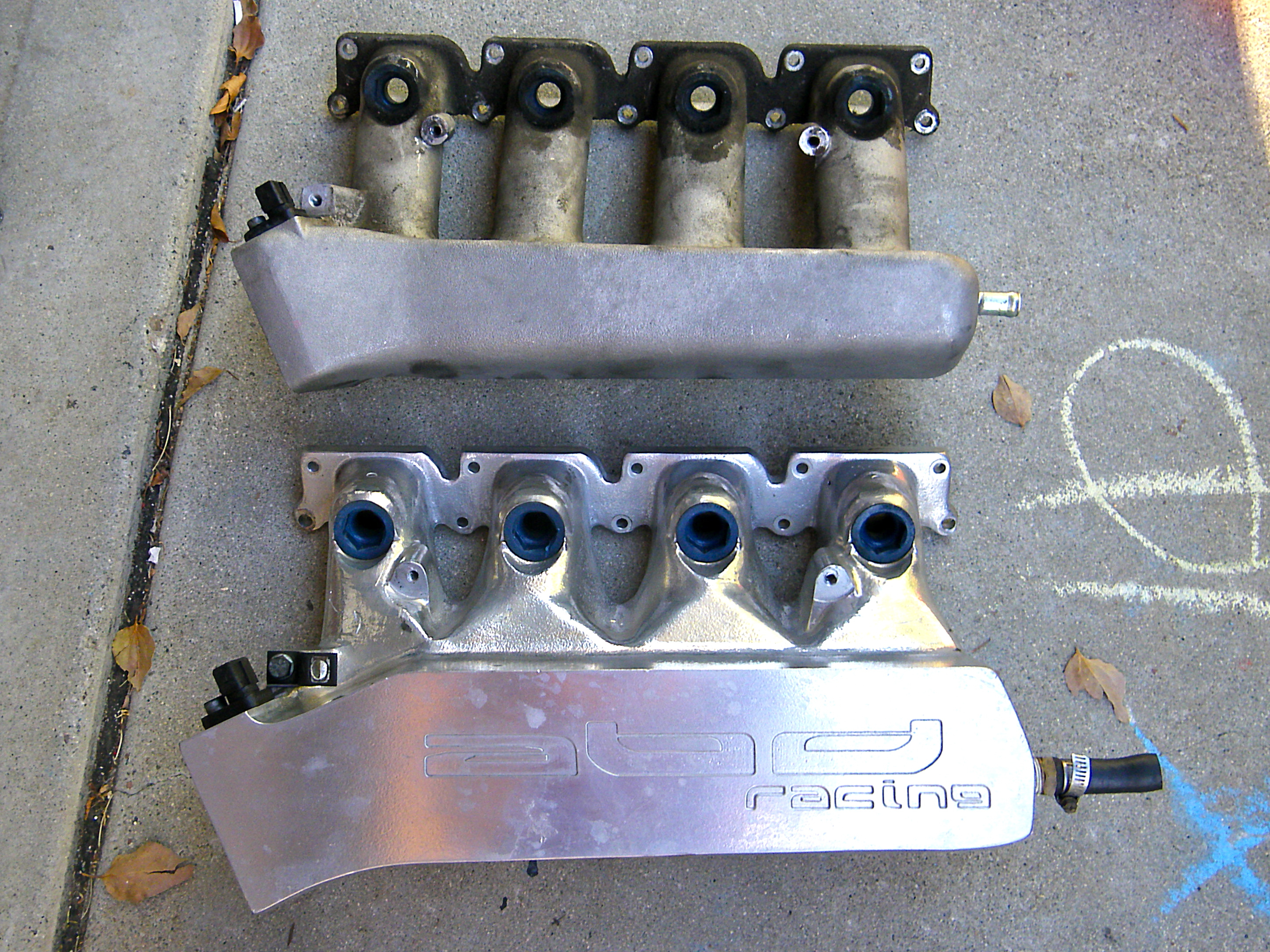 An intake manifold is a component of an internal combustion engine that plays a crucial role in the combustion process. The design and condition of the intake manifold influence the overall efficiency and perfo/tag/auto_performancermance of the combustion process in an internal combustion engine.
An intake manifold is a component of an internal combustion engine that plays a crucial role in the combustion process. The design and condition of the intake manifold influence the overall efficiency and perfo/tag/auto_performancermance of the combustion process in an internal combustion engine.
Here are some key facts about intake manifolds:
-
Function: The primary function of an intake manifold is to distribute air to the individual cylinders of an engine.
-
Air Distribution: The intake manifold receives air from the throttle body and directs it to the intake ports of the engine cylinders.
-
Combustion Process: It mixes the incoming air with fuel (in fuel-injected engines) to create a combustible air-fuel mixture that is then ignited in the combustion chamber.
-
Material: Intake manifolds are typically made of materials like aluminum or composite materials to balance durability and weight considerations.
-
Design: The manifold is designed with a network of passages called runners that guide air to each cylinder.
-
Plenum: The intake manifold often includes a plenum, a chamber that acts as a reservoir for air, helping to ensure a more consistent supply to the cylinders.
-
Single-Plane vs. Dual-Plane: Intake manifolds can be categorized as single-plane (one common plenum for all cylinders) or dual-plane (divided plenum for alternate cylinders), affecting performance characteristics.
-
Tuning: In performance applications, aftermarket intake manifolds may be used to fine-tune and optimize engine performance.
-
Vacuum Ports: Many intake manifolds feature vacuum ports for accessories like brake boosters and other vacuum-operated components.
-
Maintenance: Proper sealing with gaskets is crucial to prevent air leaks, and periodic cleaning may be required to remove carbon deposits.
-
Performance Impact: The design of the intake manifold can significantly impact engine power, torque, and efficiency.
-
Customization: Enthusiasts may choose aftermarket intake manifolds for specific engine setups or performance goals.
Video